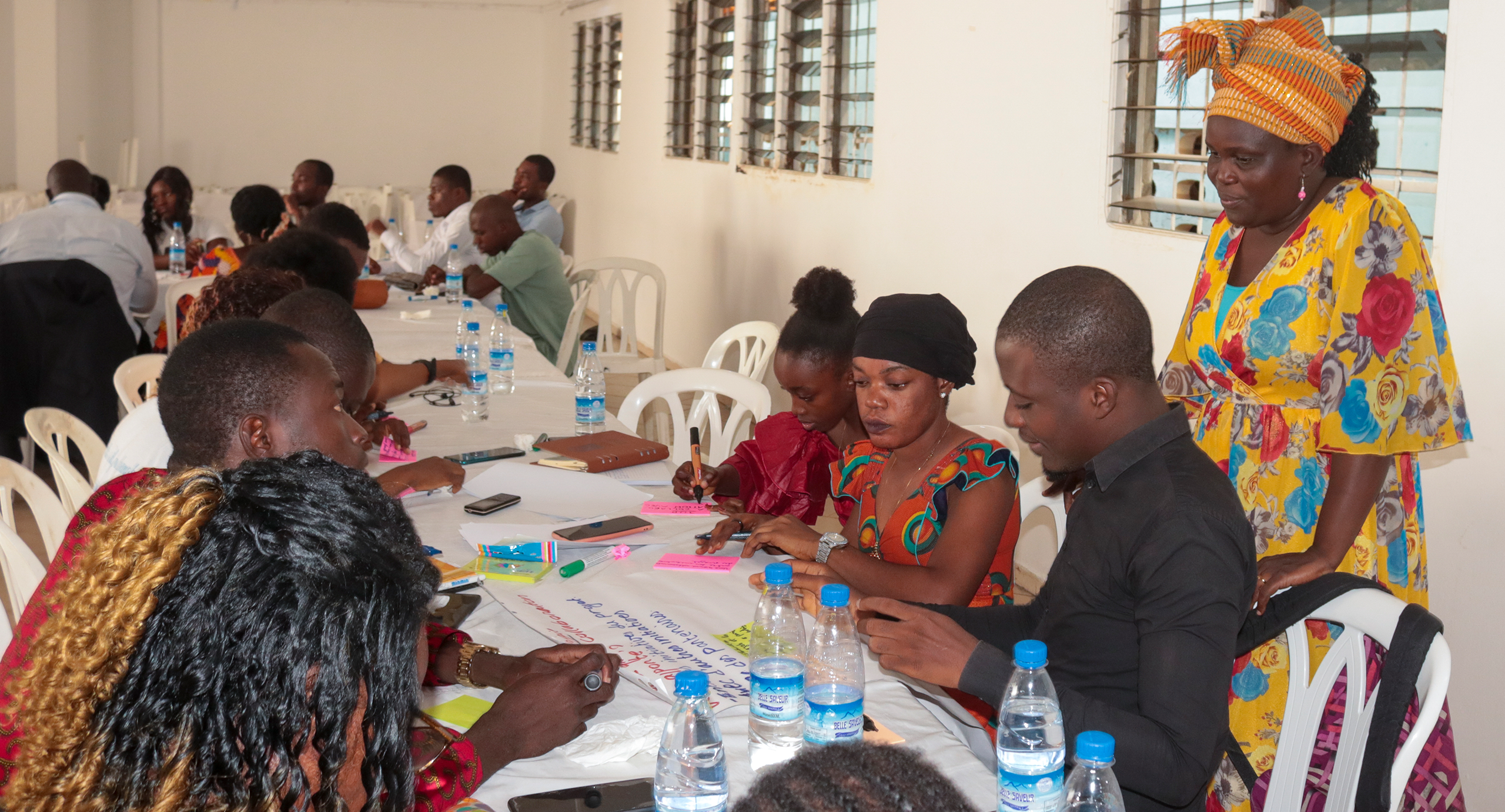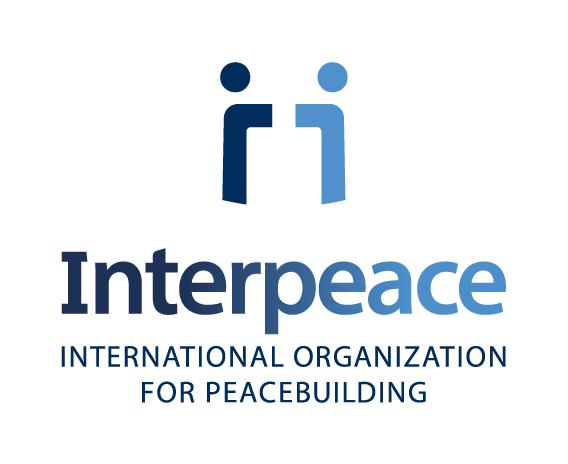Formal and informal collaboration with
State institutions (number of institutions with which
Interpeace collaborates)
Formal and informal collaboration
with UN Agencies number of collaborations
Training on Conflict Sensitivity
and Peace Responsiveness
Number of public consultations on laws and practices undertaken by authorities supported by the project
Dialogues with security actors
Strategic Aim 3: Embedding Peace
As demonstrated above, supporting the creativity and commitment of individuals and communities is integral for long-term peace. However, for their efforts to be sustained, individuals and communities need an enabling environment that can be meaningfully fostered and maintained by effective and responsive national institutions. In addition, given the presence and importance of international development, humanitarian and security actors in many of the conflict and post-conflict settings in which Interpeace is present, the ability and willingness of those international actors to promote peace through their own work, to be more peace-responsive, can create opportunities for building and sustaining peace gains.

To create such an environment, Interpeace has increasingly partnered with both State and international institutions in an effort to raise their awareness of and capacity to promote peace. During 2022, Interpeace collaborated with 25 state institutions, eight UN agencies and three additional development actors.
Formal and informal collaboration with State institutions
(number of institutions with which Interpeace collaborates)
Formal and informal collaboration
with UN Agencies number of collaborations
In addition to establishing six formal partnerships with State institutions and five bilateral partnerships with UN agencies, Interpeace has used training as a key entry point for building the capacity of such institutions to be more sensitive to conflict and to contribute to peace in their own work. As part of Peace Responsiveness, Interpeace trained 263 professionals from a variety of contexts, organisations, and fields through an online training platform. Interpeace teams provided additional training on conflict sensitivity and peace responsiveness in six countries. Such training is delivered to communities and civil society organisations but particularly to national authorities, security actors and international actors, to orient their work.
Training on Conflict Sensitivity and Peace Responsiveness
With respect to UN agencies, this work has enabled Interpeace to contribute to policy and strategy changes in WHO, UNFPA and FAO, as well as continue ten projects funded through peace responsiveness partnerships between Interpeace and UN agencies. Training for government institutions has aimed to develop capacities and behaviours that are more inclusive of, and responsive to, communities. This has led to 25 public consultations steered by authorities supported by the project and 44 dialogues with security actors.
Number of public consultations on laws and practices undertaken by authorities supported by the project
Dialogues with security actors
These incremental changes demonstrate progress towards embedding change in national and international institutions.
